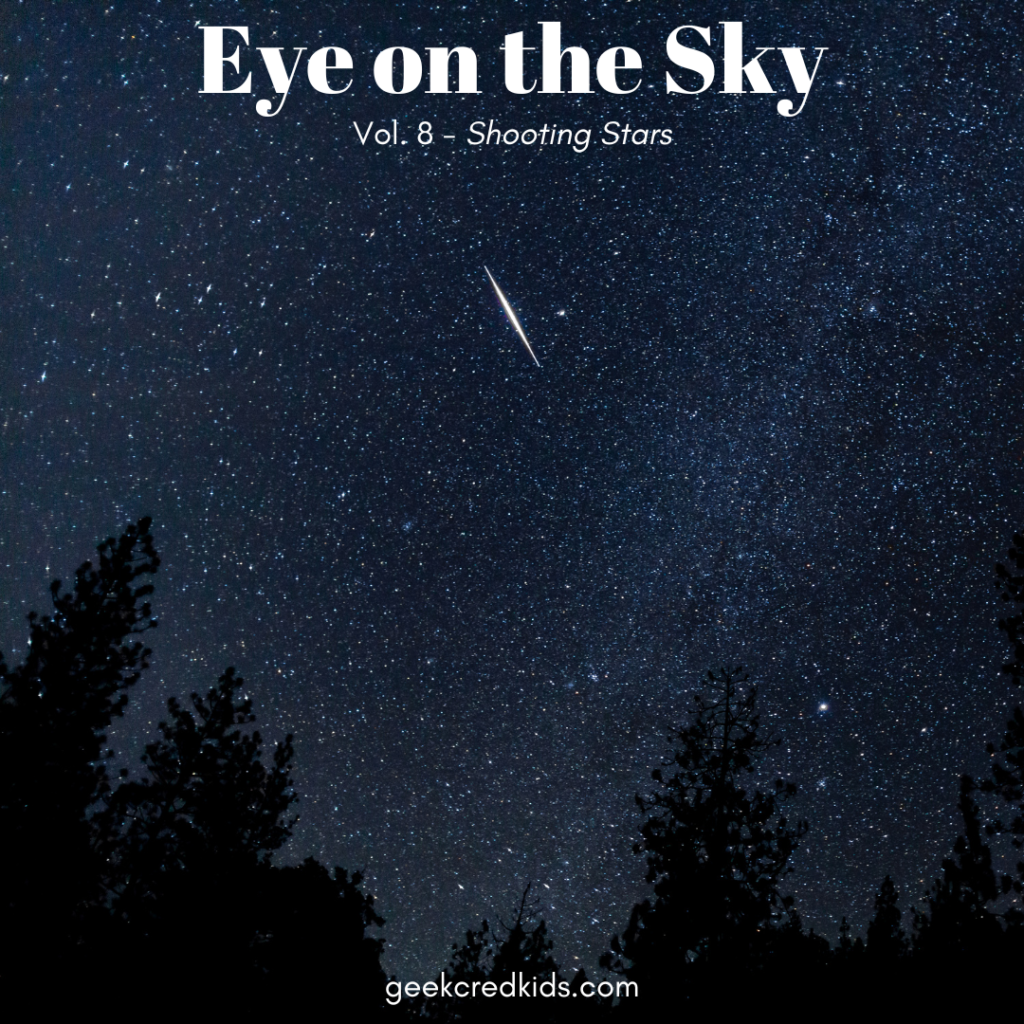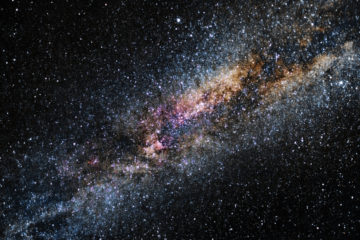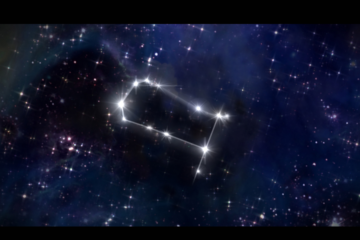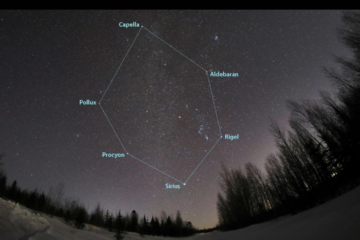Eye on the Sky Vol. 8 – October 14, 2023

Have you ever seen a shooting star? Did it take your breath away? It’s not very common to see what we call a shooting star, so it’s pretty exciting when you do! But did you know that shooting stars aren’t even stars at all? They are actually pieces of rock or debris that are so close to Earth that they touch our atmosphere. Scientists call them meteors. They are usually very small – so small that they burn up in the atmosphere before they ever get a chance to hit the ground. That’s the tail you see behind them! They leave a streak of teeny tiny pieces that burn away as they glide across the sky. Every once in a while, a meteor is big enough to actually make it through the atmosphere and hit the Earth’s surface. That kind is called a meteorite. Ask Mrs. Cova to see a piece of a meteorite next time you’re in El Cajon!
Here’s the fun part – we can predict when there will be a lot of meteor activity! That means, if you know just the right time and place to look, you can guarantee that you’ll see some “shooting stars!” This weekend, The Orionids will be very active. The Orionids are pieces of rock that have broken off of the famous, Haley’s Comet. They are called The ORIONids, because their radiant is very close to the “club” of the constellation, Orion. You can see them streaking across the sky on dark nights throughout October, but they will peak late on the 20th through the morning of 22nd. The best time to see them is after midnight, when the radiant has risen in the Southwest and the moon has set, or just before dawn. If you get dark skies where you are, you’re likely to see quite a show! They average 10-20 meteors per hour at the peak and can produce bright fireballs!
We’ll be staying up late on Friday and Saturday to catch a glimpse while we listen to “Catch a Falling Star” by Perry Como. 🌠



0 Comments